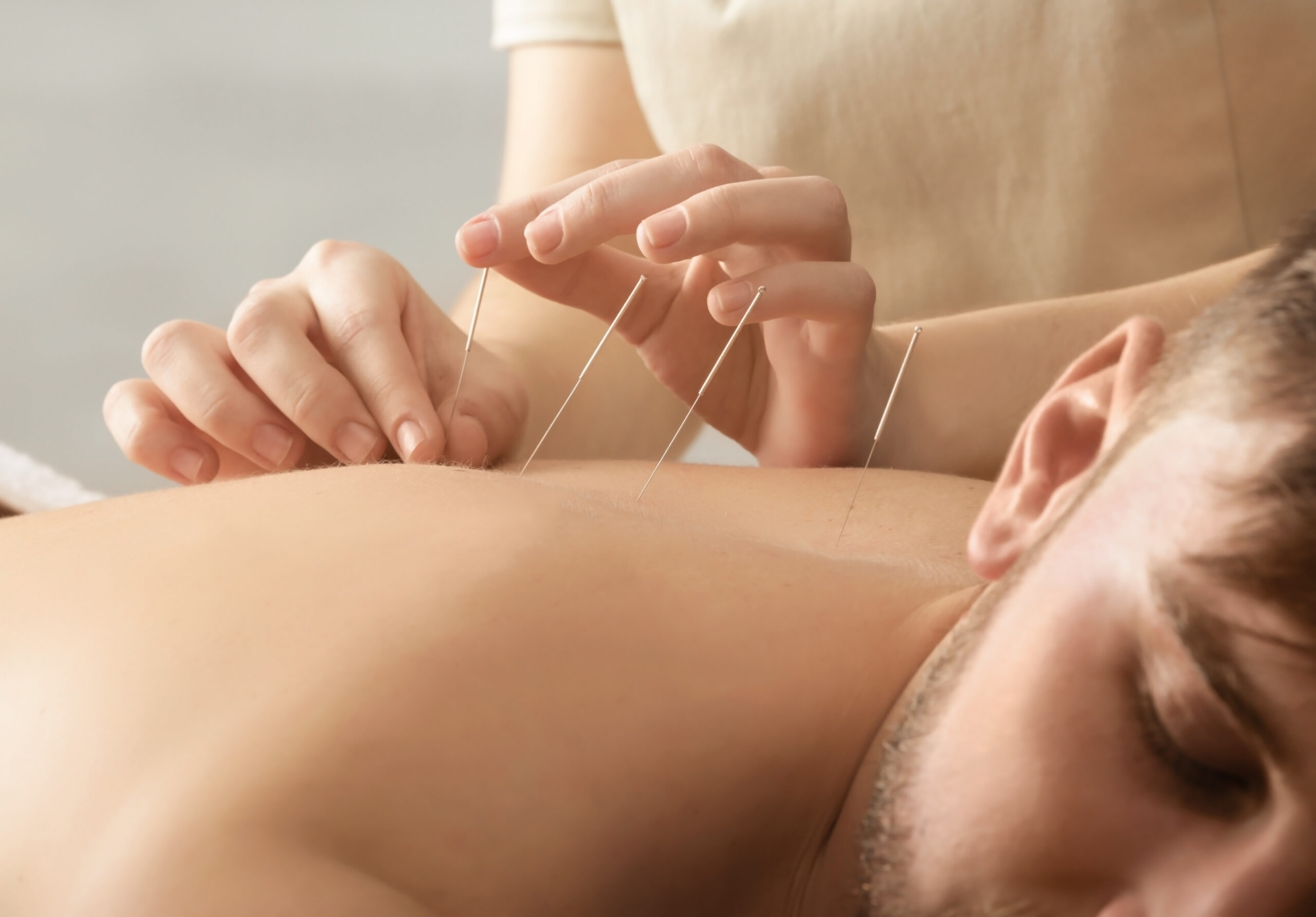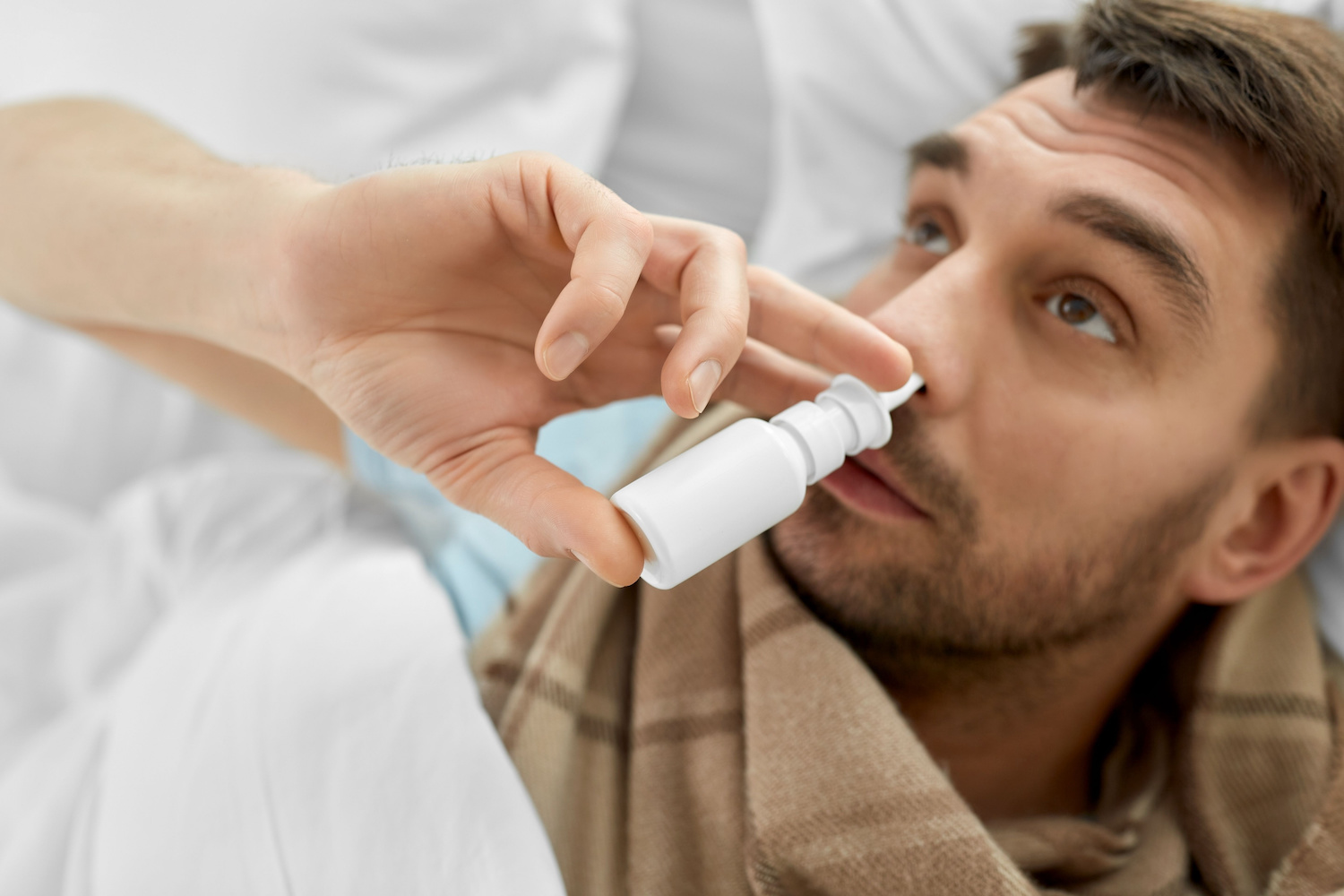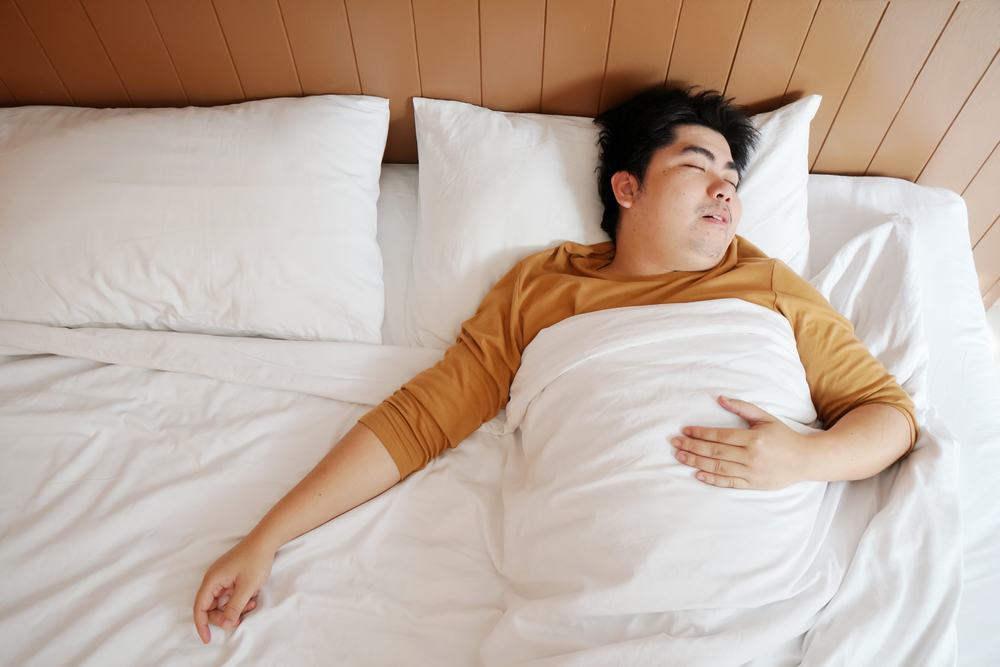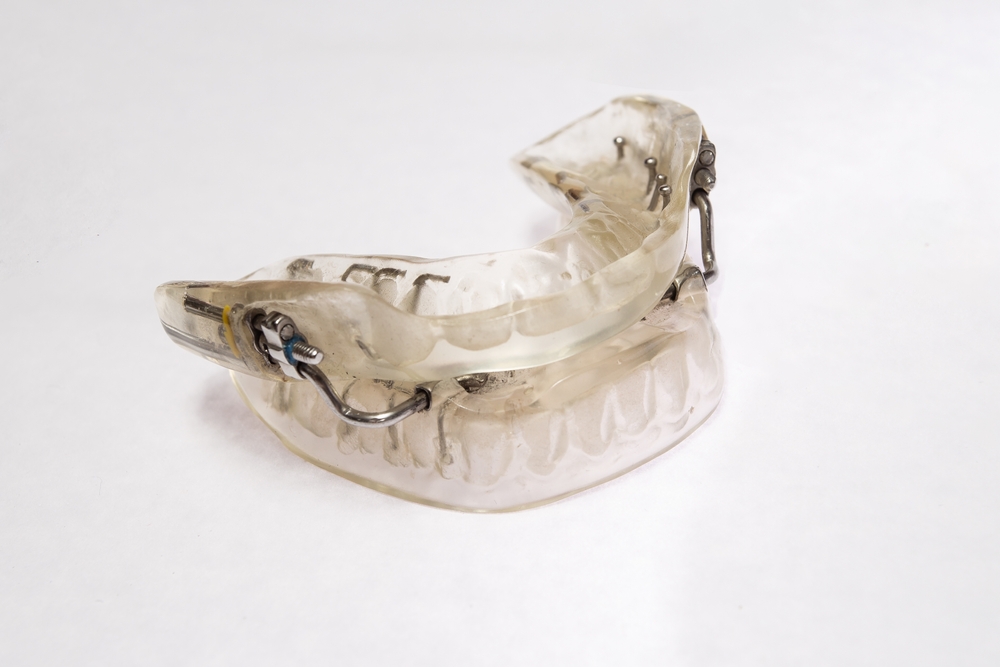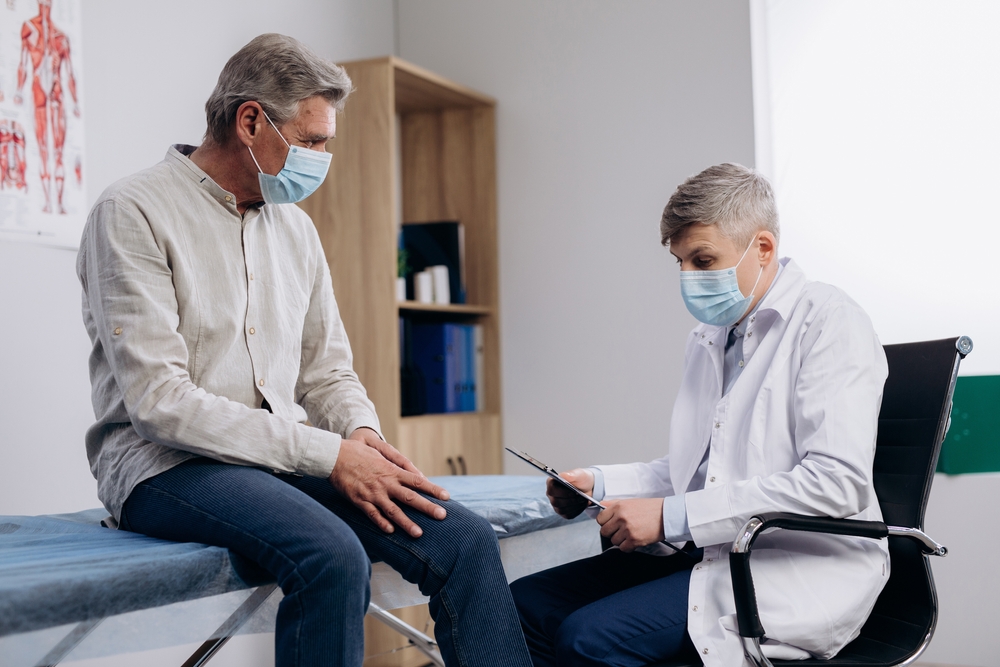Obstructive sleep apnea (OSA) is a sleep disorder in which breathing temporarily pauses because lax mouth and throat tissues block the upper airway. In response, the body wakes up slightly so that the mouth and throat tissues tighten and the airway opens back up again.
Positive airway pressure (PAP) therapy is the most common treatment for OSA and involves using air pressure to keep airways open. But people with OSA may find additional relief by making lifestyle changes that reduce their symptoms. For many people, this combination of medical treatment and lifestyle changes can completely treat their OSA.
Home Remedies That May Improve Sleep Apnea
You may be able to improve your sleep apnea with simple measures you can take at home, including changing your sleep position, limiting alcohol, getting exercise, playing a musical instrument, and treating nasal congestion.
Each of these home remedies typically works best in conjunction with medical treatments. Be sure to talk to your doctor or a sleep specialist about your symptoms and sleep apnea severity to determine if you need additional therapy to effectively treat your condition.
Change Your Sleep Position
Sleeping on your back can make obstructive sleep apnea worse, as this position allows the tongue to fall to the back of the throat and block the airway. If you find that sleeping on your back increases symptoms like snoring, sleeping on your side may help alleviate your OSA.
If you’re naturally a back sleeper, one way to switch to side sleeping is to customize a nightshirt. You can take a t-shirt that fits snugly, sew a pocket into the backside of the shirt, and place a tennis ball into the pocket. When you try to roll over from your side onto your back during the night, the discomfort from the ball will make you roll back onto your side.
You can also try sleeping with a head-positioning pillow that supports the neck and opens the airway. These pillows may be shaped like a wedge or have contours, and many can be used in either the back or side sleeping positions.
Limit Alcohol
Try to be sparing with the amount of alcohol you drink, especially before bed. Drinking alcohol in the hours before bedtime can make OSA worse by lengthening and increasing the number of pauses in breathing.
Alcohol can also lower the amount of oxygen circulating in the blood, which is a problem people with OSA already encounter while sleeping. Low blood oxygen levels can put stress on the heart, lungs, and other organs, making it difficult for the body to function normally.
Get Exercise
Shifting to a physically active lifestyle can potentially improve OSA, in addition to improving overall sleep health.
When combined with weight loss, exercise can reduce the number of breathing pauses a person experiences while asleep, as well as improve blood pressure, metabolism, and daytime sleepiness.
Aerobic exercise, even without weight loss, may also benefit people who have OSA. This may be because aerobic exercise tones muscles, including those of the upper airway. Toned airway tissues allow more air to flow through compared to loose, lax tissues that may pinch off the airway.
Treat Nasal Congestion
A stuffy nose can block the flow of air through the nasal passages and upper airway, exacerbating OSA symptoms. In some cases, congestion can even interfere with PAP therapy. Nasal congestion can have a variety of causes, including allergies, infections, and the structure of your nose.
If you have a stuffy nose, consider using a saline nasal spray to flush out allergens from the nasal passages. An antihistamine, either applied as a nasal spray or taken by mouth, may help reduce inflammation inside the nose.
Also, try to avoid allergens like dust mites, pet dander, and pollen by vacuuming and dusting regularly, bathing before bedtime to remove allergens from hair and clothing, and keeping your home and car windows closed during allergy season.
Consider using a high-efficiency particulate air filter in your HVAC system and in your vacuum cleaner to capture more particles.
Play a Wind Instrument
Perhaps one of the least expected home remedies, singing or playing a wind instrument may improve OSA by strengthening the airway muscles that support breathing. It’s worth noting, though, that these musical exercises are likely to be most effective for people who practice for multiple hours every week.
One indigenous Australian instrument, the didgeridoo, has been shown to reduce OSA severity in people who played it at least 20 minutes a day, five days a week, over the course of four months.
Take Our Quiz to Know Your Sleep Apnea Risk
If these symptoms sound familiar, we encourage you to take our short quiz below to understand whether you may have sleep apnea.
Risks of Untreated Sleep Apnea
If left untreated, obstructive sleep apnea increases the risk of other health issues, like chronic heart and metabolic conditions, as well as mood disorders. Associated risks include:
- High blood pressure
- Inflammation
- Coronary artery disease
- Prediabetes
- Type 2 diabetes
- Stroke
- Irritability
- Depression
- Workplace and traffic accidents
In children, untreated OSA is often connected to attention deficit, hyperactivity, rebelliousness, and learning difficulties.
When to Seek Medical Treatment for Sleep Apnea
Talk to a doctor or other health professional if you or someone in your home notices symptoms of obstructive sleep apnea.
Common symptoms of OSA include:
- Long pauses in between breaths while sleeping
- Choking or gasping for air while sleeping
- Loud snoring
- Daytime sleepiness
- Headache after awakening
- Inability to concentrate
- Mood changes
Diagnosis of Sleep Apnea
After you tell your doctor about your symptoms, your doctor may order a sleep study, also known as a polysomnography. A sleep study takes place overnight, usually at a sleep center but sometimes at home.
The study assesses your breathing, heart rate, body position, blood oxygen levels, and other metrics while you sleep. A sleep specialist will interpret these data, then they will use this information alongside your physical examination and reported symptoms to make a diagnosis.
If you receive a diagnosis of OSA, your doctor may recommend several treatment options.
Treatment of Sleep Apnea
A person who has moderate or severe obstructive sleep apnea will likely need medical treatment. Common treatment options for OSA include positive airway pressure, oral appliances, upper airway stimulation devices, and mouth and throat exercises.
Continuous positive airway pressure (CPAP) is the go-to therapy for many people diagnosed with OSA. A CPAP machine pumps air through a hose and into a mask while a person is sleeping. The air is pressurized, filtered, and sometimes humidified, and its purpose is to keep the airway open and to prevent or reduce pauses in breathing.
There are also other types of PAP therapy, including auto-adjusting PAP (APAP) and bilevel PAP (BiPAP or BPAP), as well as similar therapies such as adaptive servo-ventilation (ASV).
Oral appliances, such as mandibular advancement devices (MADs) and tongue-retaining devices, do not require air and are more like removable mouth guards.
MADs push the lower jaw into a forward position to ensure the airway stays open by moving the tongue out of the airway. Tongue-retaining devices reposition the tongue so that it does not fall backward into the airway. Both devices are typically worn during sleep and not during the day.
Upper airway stimulation involves surgical implantation of a small device into the chest. The device is turned on with a remote control. When it detects long pauses in breathing, it sends gentle electrical pulses to the nerves that control the tongue. The electrical pulses move the tongue out of the way so that breathing continues without the need to wake up.
Myofunctional therapy is a set of exercises that strengthen the tongue, throat, and other facial muscles. The exercises also reposition the tongue and promote breathing through the nose. Your doctor may refer you to a speech pathologist, sleep specialist, or dental professional who can guide you through these exercise steps.


